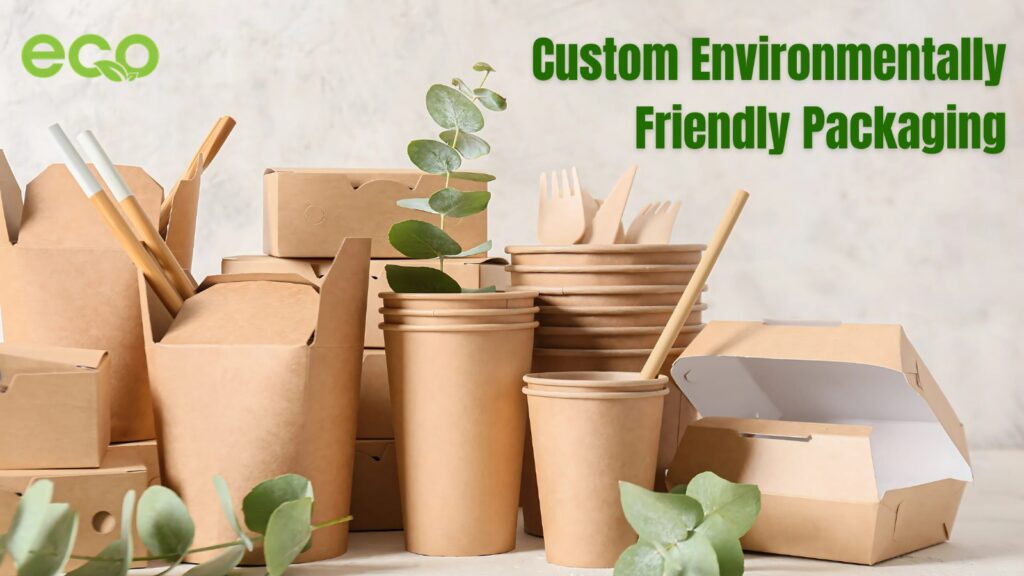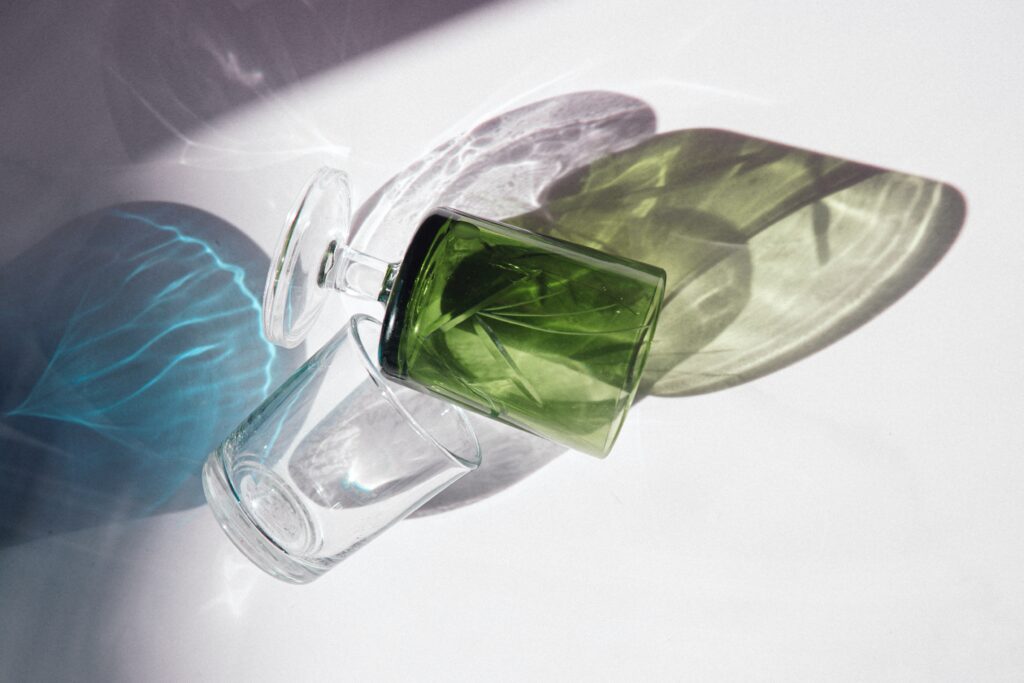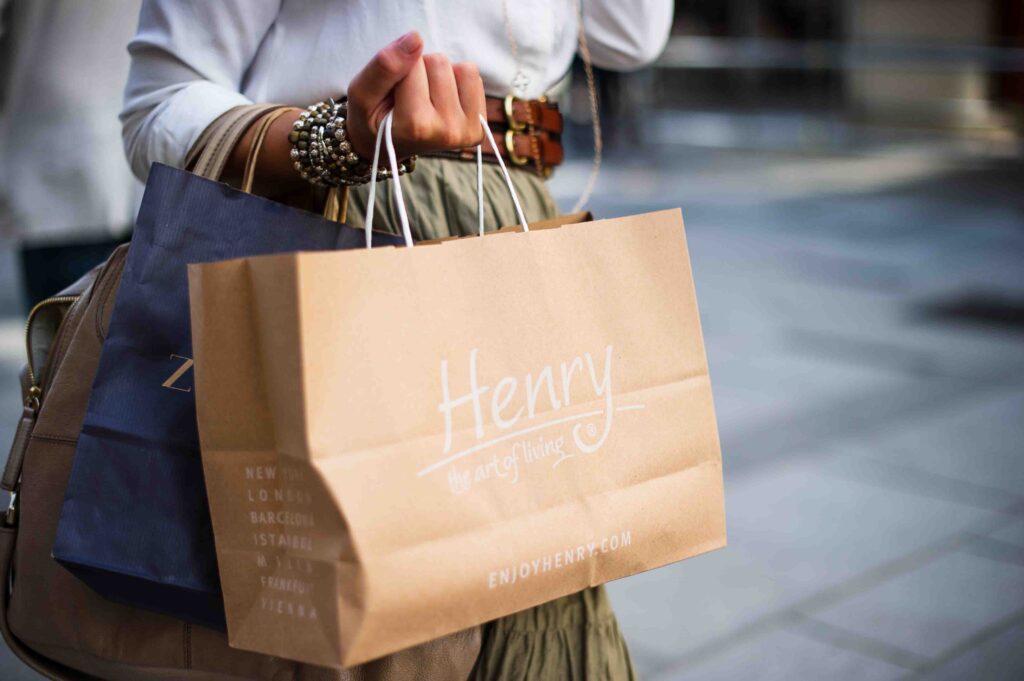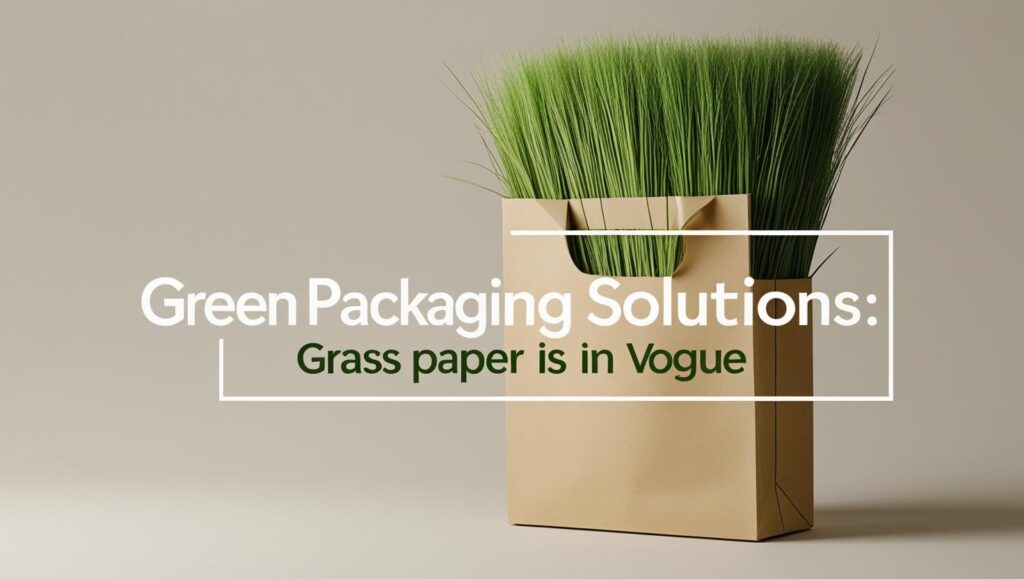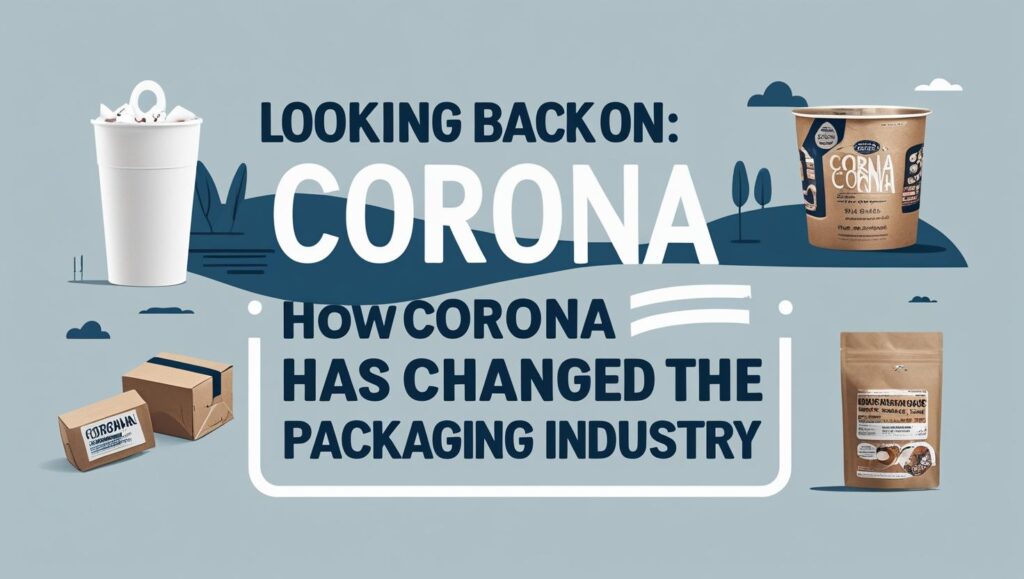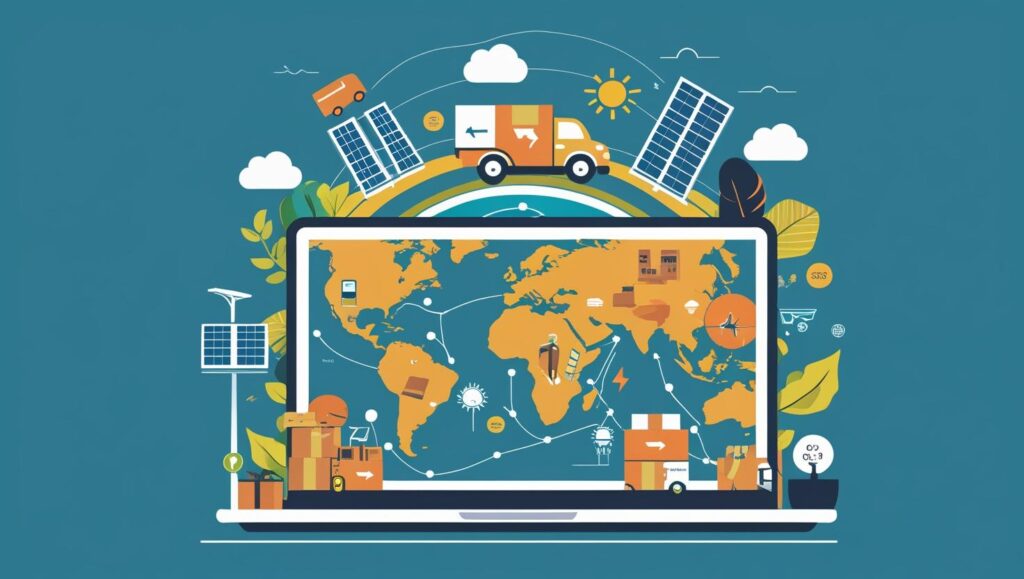Plastic-Free Household: Where Is Plastic Everywhere?

Plastic is ubiquitous these days. It has infiltrated so many everyday products, even where you would never have guessed. So today, we want to discover some of these “plastic hiding places” and at the same time show you greener alternatives for a plastic-free home.
Unfortunately, plastic can be found everywhere, be it in the home or in food. With many things like packaging, it is very obvious. When it comes to other things, you are quite surprised, like eating. Where is plastic everywhere, and how can it be replaced with sensible alternatives? After all, a plastic-free home is not only good for the environment but also for our health. Here you will find all the important tips and 17 amazing products that we would never have suspected from plastic.
Where is plastic everywhere?
- Plastic, an underestimated problem
- Hidden plastic in the bathroom
- Hidden plastic in the home and everyday life
- Hidden plastic in food and packaging
- Conclusion: A home without plastic is based on closer inspection
Plastic is an underestimated problem:
When a few years ago I made the documentary “Plastic Planet” I was quite shocked. The amount of plastic that exists on earth today cannot be calculated in numbers. And the downside is that plastic is not biodegradable and therefore pollutes the environment in the long term. Worse still: it breaks down into tiny particles (microplastics) that can no longer be filtered and thus enter the water, the soil, and, at some point through the food chain, our bodies as well.
It was then that I decided to reduce my plastic consumption radically. It wasn’t until I went to the stores with this new awareness that I noticed how much plastic surrounds us. Be it in household or hygiene products, in food packaging, or everyday objects, plastic is used almost everywhere these days.
Even things that initially appear plastic-free, such as glass bottles, turn out to be plastic hiding places.
Where is plastic everywhere? And how can this plastic be avoided? Below is a list of things plastic hides in and safer and more sustainable alternatives. By the way: What each of us can do to reduce plastic is not only switch to alternatives but also contact manufacturers who use plastic. The greater the demand for plastic-free products, the more likely companies are to rethink their products and make them plastic-free.

Hidden plastic in the bathroom:
1. Microplastics in Mascara and Makeup:
Mascara and makeup are not only usually packaged in plastic but are also often hidden in liquid form in the products themselves. Serves z. B. create artificial volume and length of lashes and smooth makeup consistency. If you wipe your face with cotton and rinse it in the toilet, the microplastics will enter our water supply through the sewage system and sewage treatment plants. The skin can also absorb plastic, clog pores, and affect our health. The alternative: natural cosmetics do not contain plastic. If it does not appear in some products, it is better to check with the manufacturer or use.
2. Wet Wipes:
Whether it’s wet toilet paper or makeup remover wipes, many manufacturers use fine synthetic fibres to make them more tear-resistant. If you flush them down the toilet, they not only clog sewer pipes and sewage treatment plants, but microplastics also enter the water cycle. The alternative: now some manufacturers even do without plastic in their wipes. However, the best thing to do is to do without wet wipes altogether and use a wipe the classic way. Instead of wet toilet paper, e.g. Eg B. also a toilet with shower. If you don’t have a bidet, there are several products that you can easily install in the bathroom. This allows for plastic-free hygiene.
3. Microplastics in peeling:
Who does not know them, the peeling shower gel with the blue dots? Microplastics are often used in these and many other products that promise a cleaning effect due to the peeling effect. The tiny particles act as an abrasive to remove dead skin cells. The alternative: natural cosmetics contain only natural products. Many mainstream brands also have plastic-free cosmetics with a seal of approval. You can also easily make plastic-free hygiene items, such as scrubs, yourself.
4. Tampons and Sanitary Napkins:
Many sanitary napkins and tampons are covered with a synthetic coating to make them comfortable to wear and easier to put on. This is how plastic enters our skin. A lot of plastic waste is also produced. The alternative: now some manufacturers do without plastic. Reusable, better to use menstrual cups and washable cotton pads. So you can not only switch to a plastic-free home but also very easy to the zero waste principle.
Hidden plastic in the household and everyday life:
1. Cigarettes:
Millions of cigarette butts end up on the street and in nature. Many do not know that the filter contains plastic and is therefore not biodegradable. In addition, large amounts of pollutants are released into the soil and groundwater. The alternative: There are now some plastic-free cigarette filters, but these should not be on the floor due to contaminants leaked from the cigarette. It is always important to properly dispose of cigarette butts, that is, in the residual garbage.
2. Baking paper:
There are some companies that offer a plastic-free baking paper, such as B. the manufacturer “If you care”. However, most conventional parchment papers are coated with plastic for a non-stick effect. The alternative: You can do without plastic entirely by greasing the baking sheet well rather than lining it with parchment paper.
3. Teflon container:
Non-stick coating on containers is practical but also problematic. Unfortunately, Teflon is nothing more than a certain type of plastic. When heated and especially when coatings are damaged, harmful substances have been released that end up in our food. The alternative: The healthiest and most harmless alternative to the Teflon skillet is the iron skillet, optionally made of cast iron or wrought iron. Stainless steel pans also do not contain plastic, but they can sometimes release small amounts of nickel.
4. Microplastics in detergents:
Many conventional detergents, such as B. Toilet cleaners, are enriched with liquid plastics to form a protective film that repels dirt, among other things. Microplastics are also used as a friction element in detergents so that dirt can be removed more quickly. The alternative: there are some green manufacturers that do without plastic. The problem, however, is that these products are often packaged in a lot of plastic. Therefore, pay attention to packaging made from recycled plastic. Even better: you can easily produce plastic-free cleaning agents yourself.
5. Togolese cups and bowls made of bamboo:
Most people know that even Togolese disposable cups made of cardboard have a plastic lining. Many, therefore, turn to the alternative made of bamboo. But here, too, caution is advised. Bamboo dinnerware has a sustainable look that it is reusable, but it mostly consists of a plastic compound, namely melamine and formaldehyde. The Alternative: Fortunately, there are many alternatives for reusable bamboo cups and plates, for example, glass, stainless steel, or porcelain. They last forever and do not overload our environment or our bodies as much.
6. Receipts:
Although it may appear that receipts can simply be thrown away with paper, they are unfortunately made from BPA-coated thermal paper. This is harmful both to the body when handling the receipt and to the environment. The alternative: Fortunately, some stores now use secure paper. You can quickly recognize it by its blue colour. Of course, it’s best if you don’t use paper receipts at all. The current obligation to provide receipts can be fulfilled through electronic solutions. Unfortunately, they are not everywhere yet. Important: Do not dispose of thermal paper with waste paper, but with your household waste.
Hidden plastic in food and packaging
1. Coffee Filters:
As with tea bags, small amounts of synthetic moisture resistance agents are incorporated into most coffee filters to make the filters resistant to moisture tear. The alternative: instead of a conventional coffee filter, you can use B. Use reusable filters made of stainless steel or organic cotton. Or you can brew your coffee in a French press that doesn’t require a disposable filter.
2. Teabags:
It is also surprising that paper tea bags are not always plastic-free. When asked by manufacturers, most find that the paper uses a small number of synthetic fibres. Even if the bag appears to break down in the compost, the microplastics end up in the soil and groundwater. The alternative: if you want to be safe and also want to save packaging waste, you can use bulk tea and tea strainers made of metal, ceramic, etc. In many tea shops and the supermarket without packaging, you can also bring your own packaging for direct filling.
3. Labels on fruits and vegetables:
Even if fruits and vegetables are often no longer packed in the supermarket, they usually cannot do without stickers. However, these are usually made of cheap plastic or paper with a synthetic coating. And even if they are made entirely of paper, the problem with synthetic adhesives persists. The alternative: to avoid this, it is best to buy your fruits and vegetables at the weekly market. Local producers hardly apply stickers to their products. And instead of plastic bags, you can also pack your products in reusable bags for fruits and vegetables.
4. Chewing gum:
Obviously obvious, but many do not know. Those who chew gum mostly chew soft plastic! Microplastics can dissolve and penetrate our bodies. Another problem is that many people simply spit gum on the ground. Since it is not biodegradable, it also pollutes the environment. The alternative: now there are some brands that produce plastic-free gum. These include B. “True Gum” or “Forest Gum”, which are purely planted.
5. Screwcap:
If you do without plastic containers, you will be happy to use glass containers. But even these often cannot do without plastic. There is a layer of plastic on the screw cap, which is supposed to ensure a better seal. The emollients they contain are unhealthy and, in the worst case, they can happen with the diet. The Alternative: There is still no alternative to plastic stamps per se. However, many manufacturers now use a closure with a blue seal (BLUE SEAL). It does not contain plasticizers or PVC, making it a healthier option.
6. Cheese and sausage paper:
Cheese and sausages sold at the grocery store fresh produce counter are wrapped in plastic wrap so that nothing is greasy or sticky. The alternative: many supermarkets now allow you to bring your own packaging to buy cheese and cold cuts directly without outer packaging.
7. Tap water:
Since microplastics are now also present in our groundwater, it cannot be ruled out that small amounts of plastic end up in tap water as a result. The alternative: Since tap water generally has a better ecological balance than purchased water, you can simply improve water quality by filtering your tap water. There are even companies here that make filters without plastic. These remove microplastics and other contaminants from drinking water.
Conclusion
A Plastic-Free Home Relies on Closer Inspection. Unfortunately, plastic is hiding almost everywhere these days, even in products that you would not suspect. It can’t always be avoided, but now there are more and more alternatives you can turn to to make your life plastic-free. Furthermore, we should always try to use our power as consumers. If we contact companies and show them that we prefer environmentally friendly products, they too will slowly but surely rethink.



